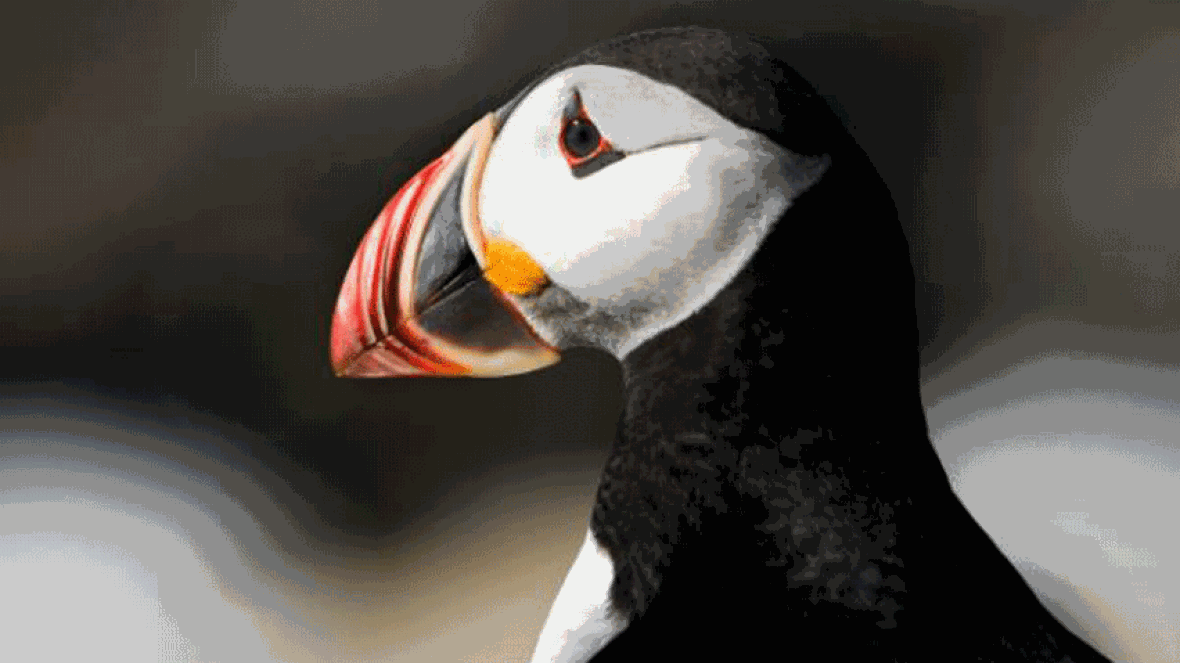
A profile photo of an Atlantic puffin in the wild. Photo: Bobbie Jean MacKinnon/CBC
A scientist has made a shocking new discovery in England: under UV light the bills of Atlantic puffins light up like a glow stick.
Jamie Dunning, an ornithologist that usually works with another type of bird, had been contemplating about glow beaks in puffins for awhile, given that seabirds of the same family – crested auklets – have been known to have light-up bills.
The discovery happened back in January when Dunning decided to shine a UV light on a puffin carcass. He confesses the finding was in a way made by accident, confirming to Newsweek, that he was randomly placing specimens under black lights, with no expectations when the beak of a puffin corpse began to fluoresce vibrantly.
Although it’s not yet clear what causes the fluorescence, something in those particular parts of the puffin bill allow the UV light to be absorbed and reemitted as glowing light.
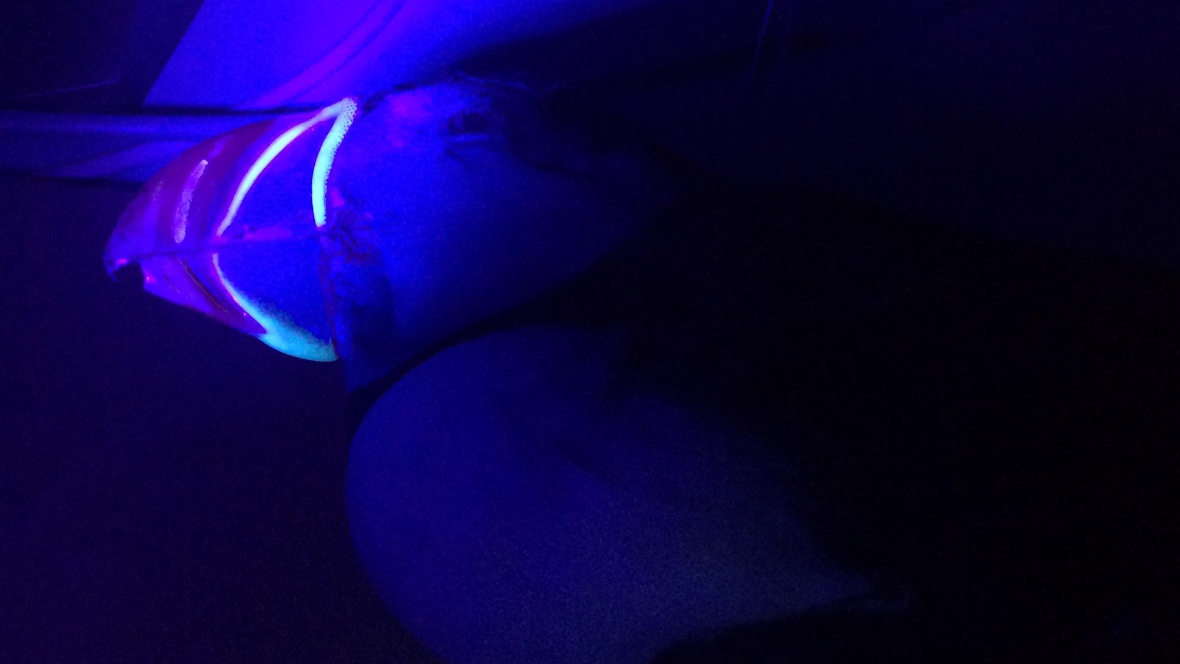
A deceased puffin photographed under UV light. Photo: Jamie Dunning
While bill luminescence has some use for the puffins, it is still a mystery what these feathery friends use the fluorescence for.
Dunning speculates:
The bill of a puffin is forged by generations, hundreds and thousands of years, of sexual selection. There’s a lot going on there. That’s why it’s so colorful and pretty. […] The fluorescence in the Atlantic puffin could have evolved for the purpose of sexual display to attract a mate, or possibly to help chicks see their parents.”
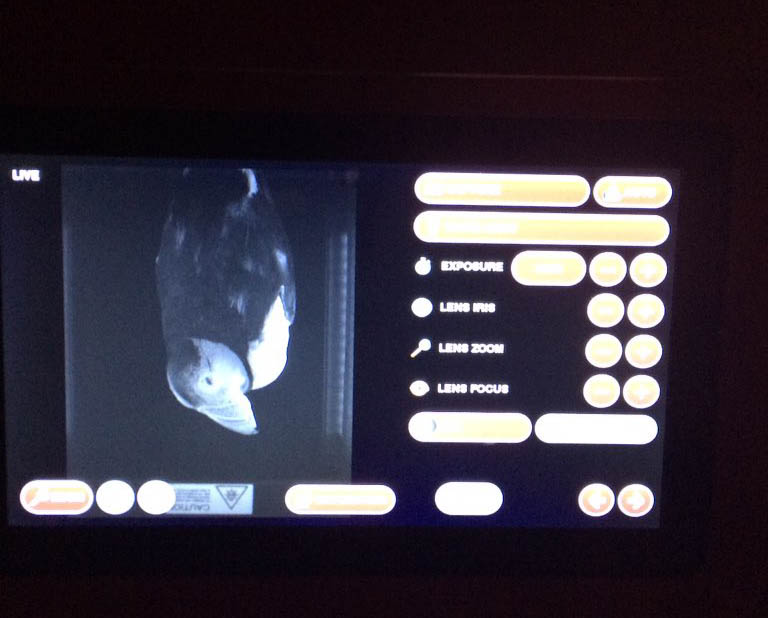
Photo: Jamie Dunning
The ability to see color comes from small internal receptors in our eyes called rods and cones. The human eye has three cones and is capable of perceiving a mixture of red, yellows and blues (our primary colors) and everything that those colors combine to create. What’s interesting with birds is that they have a fourth cone meaning that their eyes can perceive a whole other dimension of colors. Basically, they can see colors that we can’t even begin to comprehend; a property termed tetrachromatic vision. A scientist has made a shocking new discovery in England. Under UV light the bills of Atlantic puffins light up like a glow stick.
Its hards to say what it would look like [to birds], we can’t comprehend that color space, [b]ut almost certainly it’s attractive to birds. They must be able to see it – that’s the only reason it would exist.”
— Jamie Dunning, Ornithologist
It could very well be, that birds have always known about the extra colors in the puffin bill.
Thus far, bill fluorescence in Atlantic puffins has been observed solely on a carcass in Dunning’s lab.
Looking ahead, this phenomenon needs to be tested in the field, to ensure the bright beak isn’t just happening because of decomposition. Scientists have even made unique sunglasses to protect wild birds when they are caught for tagging.
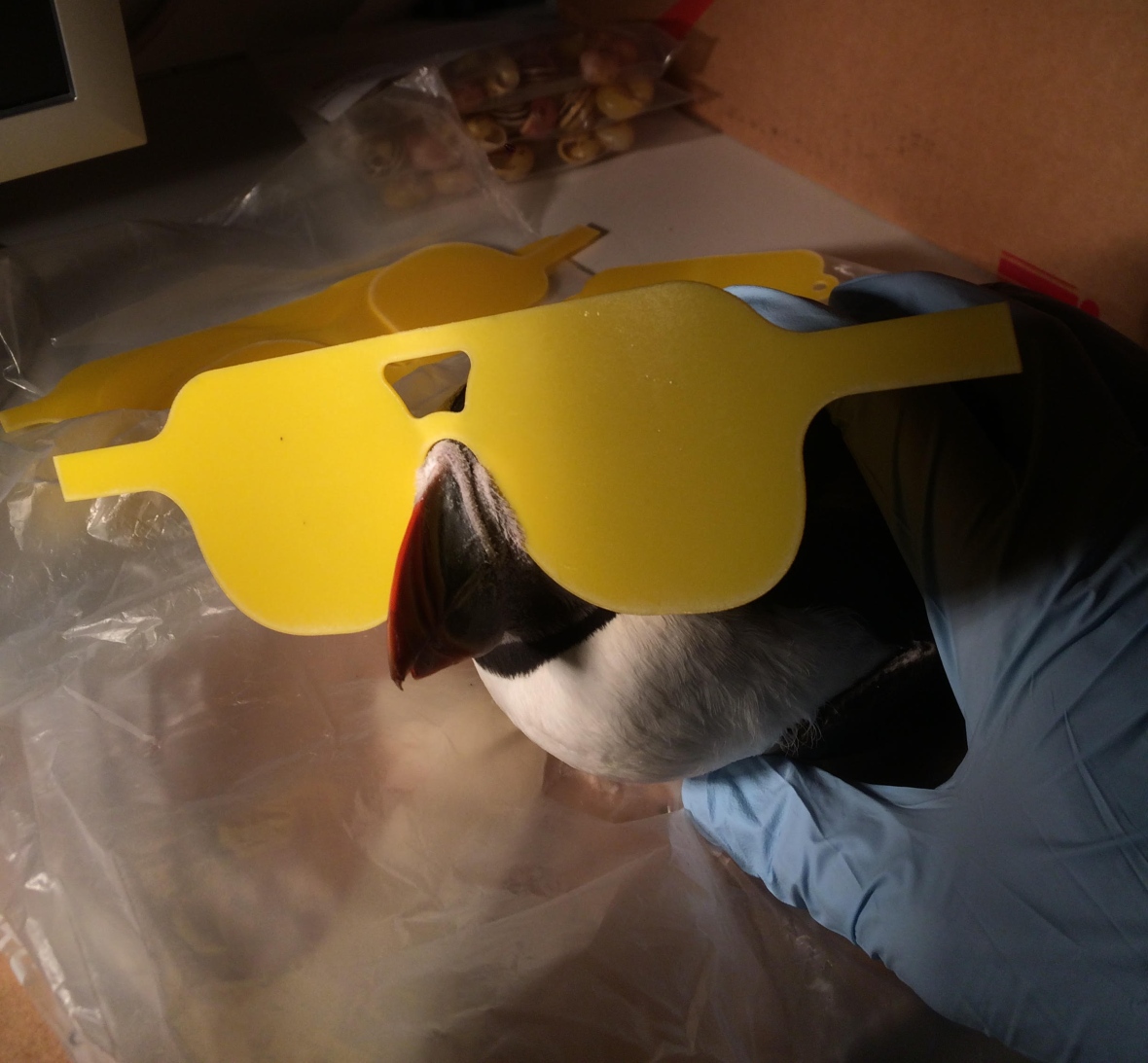
Printed aviator sunglasses on a puffin just for the fun. Photo: Jamie Dunning
If this exciting discovery has ruffled your feathers and you’re interested in learning more, keep your eyes peeled for an upcoming paper about puffin fluorescence being published by Dunning in collaboration with colleagues at the University of New Brunswick.
Writers Note: Sources CBC News, Newsweek. Photo Credit: Jamie Dunning and Bobbi-Jean MacKinnon/CBC.
This post may contain affiliate links. We will make a small commission if you make a purchase through one of these links, at no extra cost to you. See full disclosure and disclaimer policy here.


Nova Scotia has seen a few strange things over the years but never has a 360 kg leatherback turtle washed up dead and frozen in a Cape Breton lake.
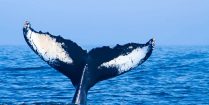
Find out how a couple of scuba divers made a gigantic snow sculpture to try and turn the tides on plastic use in the city of North Bay.
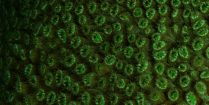
Fluodiving, fluorescent night diving, UV diving, glow diving - goes by many names. But no matter what you call this vibrant type of diving, the optical magic of fluorescence adds a totally new dimension to your night diving repertoire.
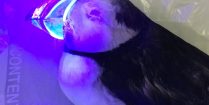
A scientist has made a shocking new discovery in England. Under UV light the bills of Atlantic puffins light up like a glow stick.

Bonaire TEK is an annual October occurrence, where Buddy Dive Resort partners with leaders in the tech diving industry for a week of technical dive demonstrations, equipment trials, presentations, training ins and outs, and camaraderie.
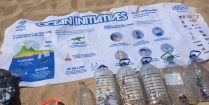
We all remember the viral Ice Bucket Challenge that went around social media to raise money for ALS? Well, like the Ice Bucket Challenge, the #binbagchallenge was an idea put together to raise awareness on environmental pollution and hopefully take steps towards a cleaner and better future.

Green initiatives are important and in Zihuatanejo, we had the opportunity to join forces with Zihro Plastic and Dive Zihuatanejo to lending a helping fin.

There are many ways to fight back against pollution and on Bonaire, this takes the form of scuba diving cleanups.

1 comment...
Read 1 comment...